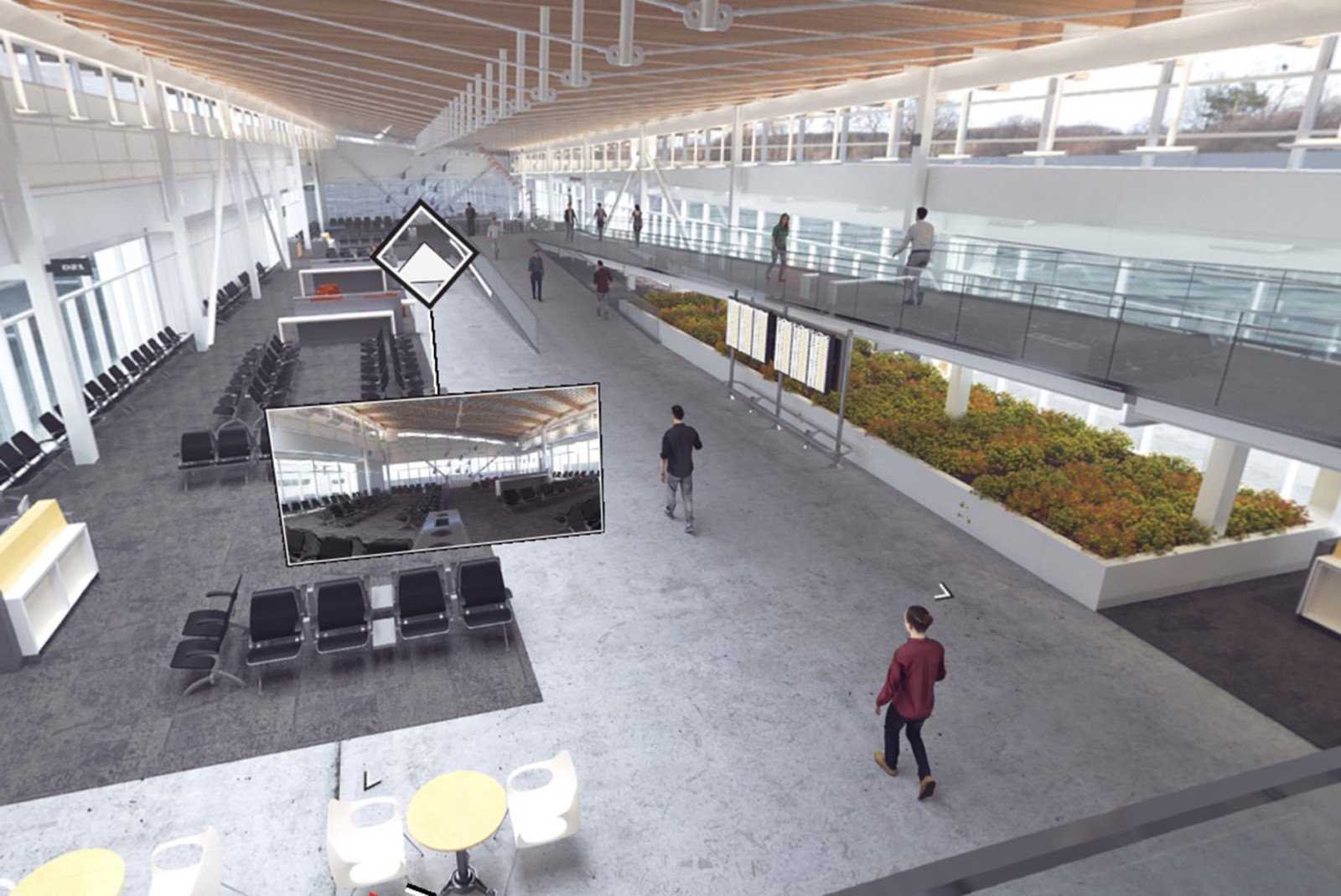Interior design teams are leveraging AR and VR technology to help communicate with clients.
Excerpted from Design Milk:
In our increasingly digitized world, where everything from our phones to our thermostats is “smart,” it should come as no surprise that virtual reality (VR) and augmented reality (AR) are starting to play a role in the design industry.
“While designers are used to interpreting 2D representations of designs like floor plans, elevations, and finish boards, non-design professionals typically have more trouble visualizing the experience of being in spaces proposed by 2D representations,” says Jess Bayuk, a design technology specialist in global design firm HOK’s New York office. “Virtual reality and augmented reality allows viewers to get a better sense of how a space will look and feel in a 3D mode of representation that is more like the everyday experience.”
“HOK designers also use VR and AR for projects like labs and clinical spaces to share adjacencies and verify that designs will work with desired workflows,” says Bayuk. “We can then review the programming in detail with the researchers and clinicians who will use the spaces.”
Beyond that, HOK has even developed its own VR app – one that anyone in the industry or the general public can download for free – in order to better facilitate its own design processes. “The HOK VR App enables users to quickly upload 360-degree panoramas and package them in a way that is easy to share during a design team charrette or client review,” says Bayuk. “The app also allows for VR meetings where multiple stakeholders can view VR panoramas together in real time, and then comment and annotate them collaboratively.”
